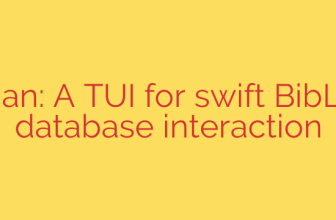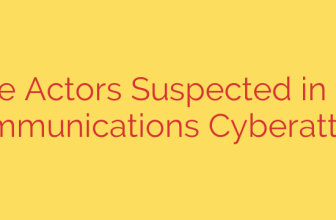
Maintaining robust security is paramount for any large organization, especially when relying on critical systems like SAP. While installing security patches is a fundamental step in mitigating vulnerabilities, the process within extensive SAP environments presents significant challenges that often hinder timely and effective patching.
One of the primary hurdles is the sheer complexity of the SAP landscape. Large organizations typically operate multiple SAP systems, interconnected modules, and numerous interfaces to other applications. Each system might have different versions, configurations, and customizations, creating a complex web where applying a single patch requires careful consideration of potential impacts across the entire ecosystem.
The volume and frequency of SAP security updates also contribute to the difficulty. Staying current requires constant effort to track, analyze, and deploy patches released regularly by SAP. This demand places a heavy burden on internal resources, particularly skilled personnel with the deep SAP knowledge needed to assess, test, and apply patches correctly.
Thorough testing is another critical, yet time-consuming, challenge. Before deploying any patch to a production environment, it must be rigorously tested across various scenarios and integrated systems to ensure it doesn’t introduce regressions or disrupt critical business processes. Setting up and maintaining comprehensive testing environments that mirror the production landscape is a substantial undertaking.
Furthermore, patching often necessitates system downtime, which can be highly disruptive for global organizations operating around the clock. Scheduling maintenance windows that minimize impact on business operations across different time zones requires meticulous planning and coordination. Balancing the need for security updates with the imperative of continuous business availability is a constant struggle.
Effective change management processes are essential but can also slow down the patching cycle. Navigating internal approval workflows, coordinating with multiple business units, and ensuring clear communication are necessary steps that add layers of complexity.
Prioritizing patches based on the severity of the vulnerabilities they address and the specific risk profile of the organization is crucial but requires deep understanding and often involves difficult decisions under pressure. Without a clear strategy, organizations can fall behind, increasing their exposure to threats.
Ultimately, navigating the challenges of SAP security patching in large organizations requires more than just technical effort; it demands strategic planning, sufficient resources, streamlined processes, and a commitment to a proactive security posture to effectively manage risk and protect vital business operations.
Source: https://www.helpnetsecurity.com/2025/06/05/sap-security-updates-video/








